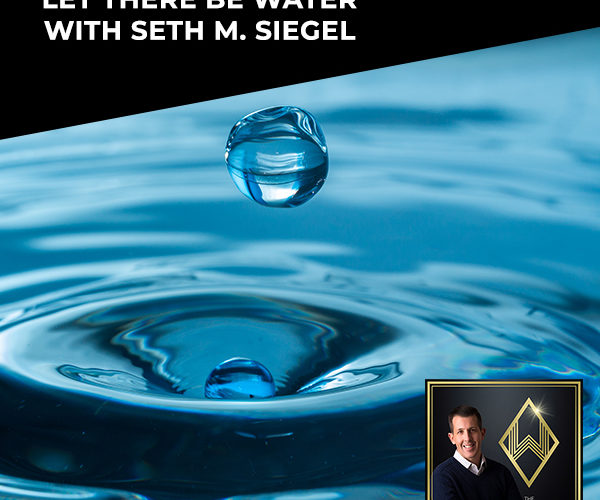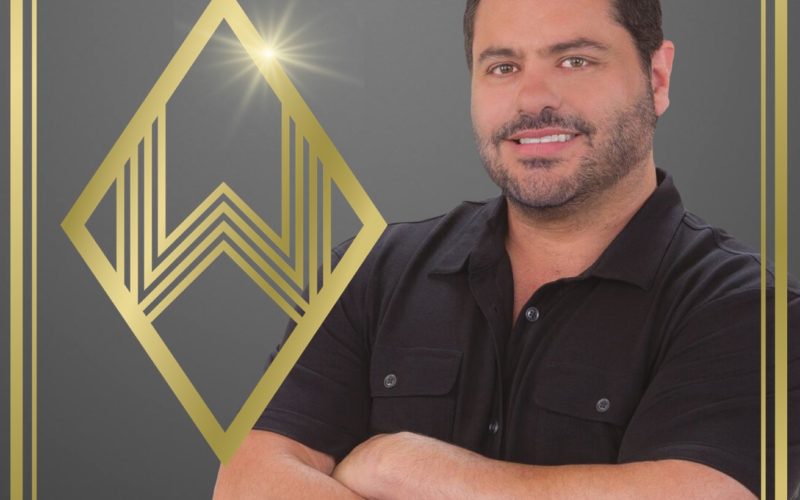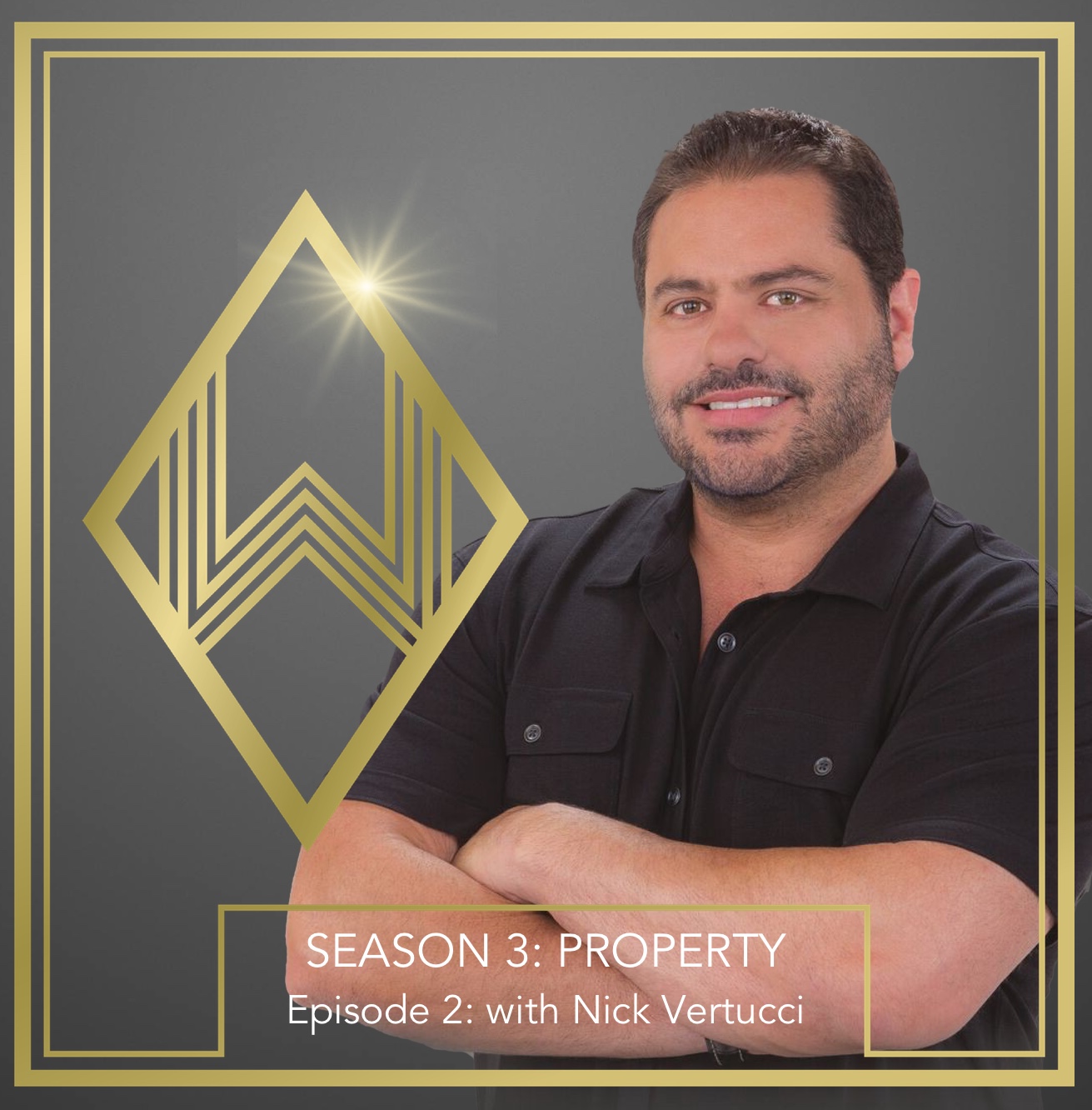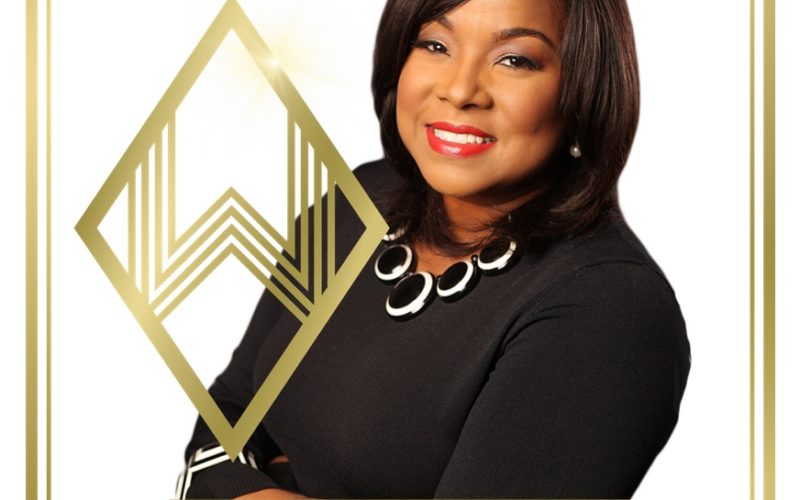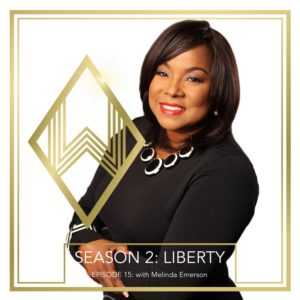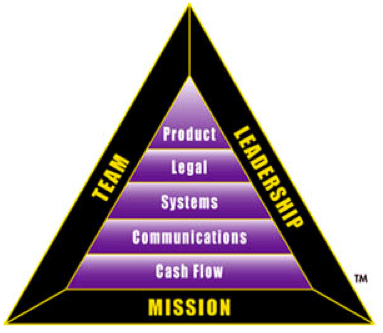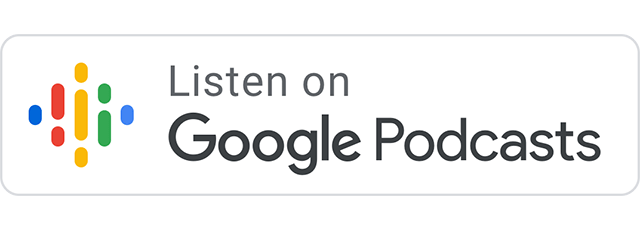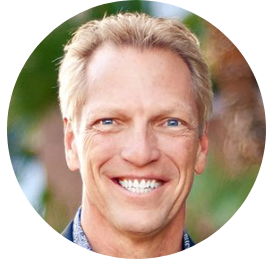Let There Be Water With Seth M. Siegel
Podcast: Play in new window | Download
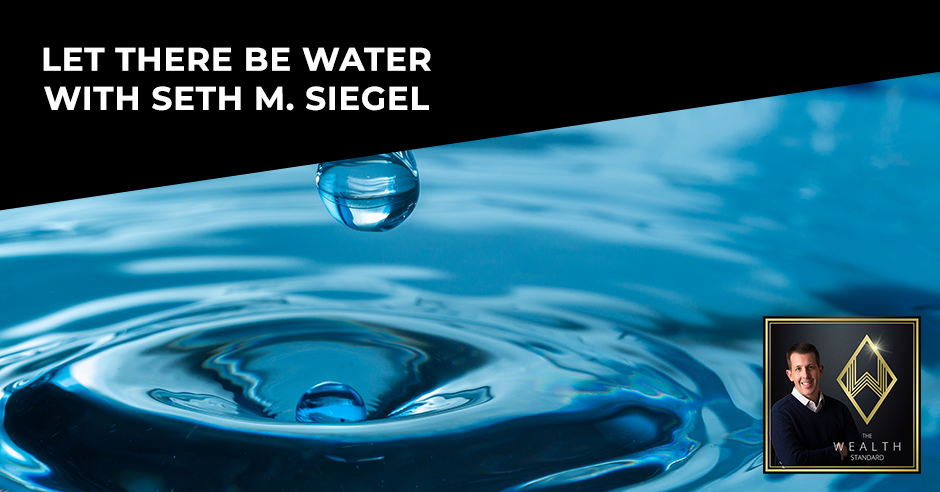
A water crisis is happening at present, and we have been lied about it for a long time. Let serial entrepreneur, water activist, and Let There Be Water author Seth M. Siegel open your mind to the reality that affects you now and your future. Seth joins host Patrick Donohoe as he shares the unmistakable science that proves how your definition of safe water has been wrong all along. He also talks about surprising facts that will move you to require reform and explains what you can do to initiate a change.
—
Watch the episode here:
Listen to the podcast here:
Let There Be Water With Seth M. Siegel
Before I get into my guest, his bio and a fascinating story as well as cause, I want to remind you about the Unleash The Power Within Event, the Tony Robbins Event that I would love for you to join me on. I have secured tickets at well-below with their top ticket, the best seats, more than $1,000 off of that. I would love to have you join me. It’s in March at San Jose. There are some people coming from our office and it’s going to be an awesome event. I hope you can join us. I love for you guys to join me. It’d be an incredible experience for you and it will help you understand yourself at a higher level and perhaps give you that motivation that you need to implement some of the things we’ve been talking about on this season of the podcast. To my guest, I’ve hinted at the social ideas, the environmental ideas that people have when it comes to the challenges that exist. I would say that the past has put the onus of solving some of these environmental challenges, social challenges on the shoulders of government, public servants. The guests I had a couple of years ago, Josh Lannon and Lisa Lannon, I had them on a couple of times with a little book called The Social Capitalist.
There are other books that have come out about social consciousness, conscious capitalism. There’s this focus on doing things that are good for everyone. There are socially conscious investment funds now. There are tax credits for doing environmentally conscious things. This is a topic that I would say is gaining in popularity. My guest is touching on something that I was surprised by which is something that we all need to survive which is water. The overwhelming amount and scope of the challenge that exists with water. Even in the United States and we mentioned on the episode about the Netflix docuseries of Bill and Melinda Gates Foundation and what they’ve done in emerging markets third world countries in regards to the cleanliness of water and the sanitary benefits from having good plumbing, good infrastructure. This is at a new level and it’s interesting. We have to pay attention to it because it’s a challenge. The responsibilities as far as water is concerned, the cleanliness of water is right now on public utility companies or it’s on those that don’t necessarily get funding to improve and adapt to changes in whether it’s city’s growing and so forth. We talked about the EPA as well in this episode and some of the challenges that exist there but Seth is on top of this. He’s a successful attorney, entrepreneur, business owner and he’s taking the skills that he has acquired.
He’s taken those skills and brought that to the marketplace in writing books and increasing awareness of the challenges that exist with the simple drinking water and why that’s the result of changes in human behavior. It’s fascinating. I’m hoping you pay attention. That’s the sexiest thing in the world. Seth is writing books. He’s a New York Times bestseller on water but that’s all significant of an issue. He believes it is. He’s dedicated the rest of his life to bringing awareness so that something can be done. It’s a universal problem. I would say there are solutions. He has solutions. He’s met with scientists, there are inventions, there are huge opportunities there. It’s the shift from the structure that exists right now into a new structure that allows that’s going to come by more social awareness and sharing it and speaking to it. I hope you pay attention. I hope you enjoy the episode.
Seth Siegel is a serial entrepreneur, a water activist and a New York Times bestselling author. He has a critically acclaimed award-winning book, Let There Be Water: Israel’s Solution For a Water-Starved World. It has been published in seventeen different languages. It’s on sale in 50 different countries. He has his other book, which is called Troubled Water: What’s Wrong With What We Drink. It sets forth an ambitious agenda for a fundamental rethinking of America’s drinking water system. Seth has been recognized for his thought leadership and advocacy on water scarcity and quality. He’s a senior fellow at the University of Wisconsin Center for Water Policy. His commentary has been in the New York Times, the Wall Street Journal and the Washington Post.
We have a system right now that is forcing us to not have the most pro-health orientation possible. Click To TweetOne more thing I’ll say before I bring him on. Do you remember a couple of episodes when I had Mike Moyer on and we talked about a bottle? This is a Kissingen Water by the Hanbury Smith Company out of New York. What’s cool and I shared this with Seth, one of my ancestors in 1800 brought one of the first mineral water bottled water companies to bring clean water, drinking water to the limelight in New York City. It was a fascinating story. I’m still in the process of writing that out. I know I would share that with audiences but it’s an interesting coincidence. Seth is coming on and we had a conversation about it. He’s in New York City. It was cool. The issue of clean water isn’t a new thing. I would assume most of us believe that’s fixed. That we drink bottled water or filtered water. That’s not the case. You are going to want to pay attention and definitely follow Seth. He’s on social media. Without further ado, please welcome my guest, Seth Siegel.
—
Seth, it’s such an honor to have you on. Thank you for taking the time. This is going to be a fascinating topic. I’m excited to interview you. Welcome to the show.
Thank you. I’m excited to be here too. I’m following you a little bit and I’ve been enjoying learning more about you.
Seth, I became fascinated with Bill Gates’ documentary on Netflix or documentary series of taking business knowledge and business wisdom and bringing that to some of the social and environmental challenges that the world and society has. Peter Diamandis and his XPRIZE were there raising money to reward entrepreneurs, challenging them and rewarding them to solve problems. It’s a fascinating approach to some of the challenges that we have and will have in the future. That’s why I’m excited to talk to you because you have two books, one a New York Times best bestseller and then another one as well, Troubled Water. It’s dedicated to bringing awareness to a problem that most people may not recognize as a problem or as a challenge. Would you speak to what you have been trying to help improve the awareness when it comes to something as what we assume abundant commodity of water?
That’s precisely what my life’s work is. It has been for about ten years now. I had a wonderful, enjoyable, successful business career. I believe in the power of business and the markets to transform the world. I believe also in a non-finger pointing, nonvillain seeking a way of problem-solving. I’ve written both of these books. The first one, Let There Be Water, which is about water scarcity and the other one, Troubled Water: What’s Wrong With What We Drink about water quality. Both of them have a similarity which is I’m trying to expand awareness of people of what is this great vast commodity, water. It is not inexhaustible like sunshine or air. What we need to do is to get higher quality, more certainty of supply. We need to raise awareness. When people think about water, at least as much as they think about energy supply, we’ll be in a much better place. Except this is more personal because the fact that drinking water completely affects our health and the health of our children, the health of our communities.
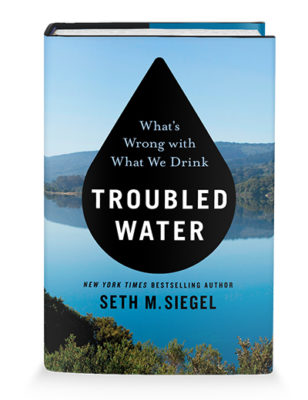
Our drinking water supply is not as healthy or as safe as we have been led to believe that it is.
I’ve taken it upon myself to campaign for a more rigorous health standard around the drinking water and to raise awareness of the significant number of gaps. Like most people, I believe when I started this book, the research for this book that everything was fine. The EPA was looking out for me, the municipalities were looking out for me. What I learned is, unfortunately, the standards that are set are significantly below the health standard that we need. The last time the EPA has regulated any contaminant for drinking water and there are over 100,000 candidates. There are only 70 chemicals that are regulated by the EPA, but less than they are regulated any contaminant is many years ago. This led me to understand that we have a very serious problem and a gap and this is going to lead to something of a citizens uprising at some point. I wanted to head that off. I wanted to be a little bit of a Paul Revere calling out a problem and very much of a Johnny Appleseed calling out a solution. That’s the tack that I took in Let There Be Water about water scarcity. That’s very much the tack I’m taking here. The difference from last time to this time is that with Troubled Water, I’m not just writing a book. I’m writing a book as a jumping-off point for what I hope will be a social movement that will demand greater involvement, more research, more technology, smarter pricing and consolidation of utilities to assure a better health outcome for all of us.
I like to share one last thought because some audience may be asking themselves, “Why am I doing this? Or sure, it’s easy to talk about it. I’m hyping the issue so I can make more sales.” My wife and I made a decision early on in the process of the first book that if I’m going to talk about a society altering problem, I want people to take me seriously. I will need to make sure that everyone knows what my motivations are. As was the case with Let There Be Water, I have donated 100% of all royalty. Not the net, but the gross to water theme charities. I am completely in this as a volunteer to help make society better. I hope every one of your audiences buys 500 copies and gives it to 499 of their best friends. The truth of the matter is that whether they do or don’t, there’s absolutely no material impact on my life.
That’s helpful. For better or for worse, we live in a society that goes to motive as to what we talk about especially when it comes to social issues. We won’t necessarily go there. Maybe as a couple of final questions, what is the outcome you’re hoping for if somebody reads the book? What do you want them to understand from reading that book? More importantly, what would you want them to share or talk to others about?
What I want everyone to understand is that our drinking water supply is not as healthy or as safe as we have been led to believe that it is. I’m a center of the road, business guy, family-centered guy, community activist, I’m not a conspiracy theorist on any topic at all. The science here is completely unmistakable and that is that there are many contaminants, thousands of contaminants that are found throughout the American drinking water system. We don’t know what the health effect of these are. There is no entity that is out there protecting us by either filtering them out or by doing advanced research on them to make sure that if they are harmless that we know that they are harmless. My goal is to raise awareness first and foremost and hopefully to galvanize some activism where people will say, “Now that I know more, I want to do more.” I want to do more as I say create a social movement to kin to the rise of environmentalism. The difference here is that drinking water should be thought of as a public health issue and not as an environmental issue.
What I want other people to tell other people, I want people to tell their friends about this is to say that we have a problem here that we have not been led to believe is a problem, but that everyone or a large numbers of people I suspect already know it’s a problem. How do I know that? In the United States, 70 billion containers of bottled water were sold in the United States. While the EPA has been inactive or not adequately active, what has happened is that America has adopted a parallel drinking water system by default. We’ve created a solid waste problem of 70 billion containers that need to be disposed of, although the vast majority of them are never recycled. Much worse than that is that we have an opportunity with current technology at very affordable prices to make the water as clean and as safe as science could allow.
There are 10.5 million lead pipes in America. We’re literally poisoning our children all over the place. Click To TweetSeth, maybe one of the final questions I had because this is for better or for worse. Our society doesn’t pay attention to something unless it seems that there are extremes. Unfortunately, that’s how the news seems to be running social media is whenever there’s this extreme on the tail of the bell curve as far as the urgency associated with it, that something has to be done is when people pay attention. What is maybe some of the extremes that you have discovered that most people would be surprised by?
If you want data, I’ll give you some data points I’ve got. I’ll share with you that your mindset is absolutely right. It’s been the cable news suffocation of American society whereby if it’s not in the hot news, it’s not relevant. Because of my charitable work, I’ve gotten to know on a very close and warm basis, a number of senators and congressmen from both parties. I was in a conversation with a senator, a well-known person, one of the few who’s not been a presidential candidate. He said to me, “We public officials, we senators, we’d rather spend 6, 7 or 10 times the money when it becomes a crisis than to hit it off because we can’t get public support for doing things.” What I’m trying to do is to give the tools to those elected officials by having ordinary citizens, by having suburban moms knowing about the fact that there are all kinds of what are called endocrine-disrupting compounds. These things that monkey with the hormones in the body system that are affecting their children, that are affecting their parents, that are affecting them in all kinds of different ways. We need to figure out a way, using existing science to transform our system. If you want me to give you a couple of instances, the number one for instance is the fact that every day, 70% of Americans, twelve and over, take at least one prescription medication and 20% of Americans, twelve and over, take at least five prescription medicines.
What people don’t think about is what happens to that. What happens is we excrete it either it goes down our toilets, our washing machines or our showers, it gets pooled together. The wastewater treatment that we use is about a 100-year-old system. Society has radically changed in the last 75 years, for the next 50 years for sure, we are much more industrial. We have many more chemicals. There are now 50,000 FDA approved pharmaceutical products and another 5,000 over the counter ones. These are getting into our drinking water and coming back at us because it’s not being treated at our water. If you think about these medications, each of them has a purpose. The FDA approves a medication for the proper person and proper dosage for the proper duration to solve the proper problem. What happens when we are all ingesting a cocktail of these pharmaceutical products at different doses for all kinds of different people, for all kinds of different longevities and with what effect? We’re not sure. What we do know is there’s been an explosion in the United States over the past handful of years of a whole host of health conditions.
ADHD is one of the most prominent of them but others as well. Obesity is another and all of these are functions of the endocrine system or the hormonal system being interrupted. This affects fertility. This affects sexual desire. This has all kinds of effects. This is not mixed with some of the scientists. I am quoting esteemed scientists who I interviewed and who led me to this conclusion. We understand that there is a very serious concern that we don’t know what the effect is on our bodies. We see what’s happening in society with a sense that very possibly this environmental attack is coming at us from our drinking water. One other element I’d like to say is the other thing that you said that will surprise us. I would say another thing that will surprise us. What will surprise you is the fact that there are so many drinking water utilities in the United States. A rational number I believe would be about 250 to 400 utilities around the US. There are 50 states. Not every state needs to have their own utility, but I could see why everyone would want to have at least one and big states like Texas or California. I could see having 6, 8 or 10 and that would make sense. It would be a proper number. You could get the right amount of science and technology and finance and all that you would need. If I was playing a game with you, I’d ask you to guess, but the actual number is 51,535.
There are so many utilities, 46,000 of them are very tiny populations. They add up to millions and millions of people. What happens is that they are so small and so underfunded that they don’t have the capacity to attract the most recent graduates of the best engineering programs. They don’t have the ability to buy or even to know about which are the best technologies they should be installing. The innovation that is stifling innovation. Finally, if I heard that we have a very old national water infrastructure system which is starting immediately but certainly over the next twenty years we’ll need replacement. These utilities which amass large parts of the country don’t have the funding or the knowhow to replace the 1.1 million miles of water mains that need to be replaced. There were 240,000 water mains last year that broke in the United States because they’re too old and they’re defective now. Unless you think that there are so many utilities because they’re in the Northern reaches of North Dakota or rural Arkansas. I want you and your audiences to understand that in Los Angeles County alone, there were more than 200 water utilities. How this all came to be? I talk about at length in my book, why and how are we going to fix this and change this? The fact remains that we have a system right now that is forcing us to not have the most pro-health orientation possible.
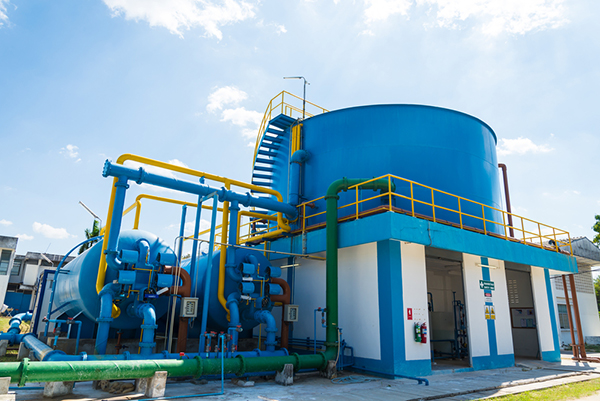
Let There Be Water: Small and underfunded water utilities don’t have the capacity to attract the recent graduates of the best engineering programs or the ability to buy the best technologies they should be installing.
One thing that this keeps going through my mind is what I mentioned at the beginning, which I’ll repeat is as far as these types of whether it’s utilities or it’s infrastructure, there’s always been a dependence on it coming from a government. Whether it’s local, state or federal and you’re hitting the nail on the head because of lack of innovation. There are gaps and those gaps compound and now you’re starting to see the results of that. There’s this misconception that bottled water or certain filtration systems do the trick so you don’t drink your tap water. You’re arguing that is not the case and that there is a much bigger problem at hand.
I heard the statistic that some 60% of Americans have bought or currently use some filtering system in their homes, which sounds high to me, but it’s certainly not impossible. The problem is that there are very few systems except for the very expensive ones that bring the water to the quality that you would think that it would. If you buy a countertop pitcher system unless you’re very lucky that your community only has one single contaminant and you match it with that contaminant with the filter, that you’re going to be fine. Here’s the phrase that I’d like you and all of your audiences and followers to know. That is that legal does not necessarily equals safe. The EPA creates these standards. They say there are 91 contaminants, 70 chemicals of that 91. These are the regulated contaminants. A utility is told as long as you keep those contaminants below a certain what they call health level, you can transport the water all you want. We’re not exactly sure that all those “health levels” are healthy. It’s possible that they’re higher than they should be. Let’s assume that the EPA is right. What then doesn’t happen is that anything else that’s in the water, any other contaminants that’s in the water, there’s no legal obligation whatsoever by any utility to filter or treat out those other contaminants. The water may be legal.
That may or may say, “We have not had a violation of the EPA in five years or ten years or ever,” but it doesn’t mean that the people in the community are getting safe water. The other thing that should be kept in mind is that there were 80,000 violations of the Safe Drinking Water Act. The official listed number is about 12,700 of them are health violations being the water is unhealthy levels of contaminants. Experts who studied this believe that because it’s an honor system, a self-reporting system. They believe that the number of actual health violations might be as much as 40,000 or 50,000 violations in a given year. This is a pretty standard fixed number year to year. Our testing system is wrong. Our reporting system is wrong. Our accountability by the state and by the EPA as well upside down and backwards. We are too focused on making sure that the utility has the tools that they need and that they’re not unduly burdened when our entire perspective should be on public health. At an affordable price, but we know with this technology is completely doable.
Seth, this is maybe a final point so we don’t make the audience stir crazy and anxious. What are a few of the solutions that you talk about? Maybe the top two.
If you allow me to have three. The first and most important and the reason I wrote the book and the reason I’m traveling from community to community and the financial community. I’ve spoken before a number of very well-known banks. If any of your audiences are in the financial community, I know you’re going to give everybody contact information. I would love for you to contact me and let’s find a way for me to speak either by Skype or live before your audiences to talk about this. The first thing is to create a citizens’ movement akin to the environmental movement of the ‘70s and ‘80s whereby citizens understand that this is a remediable solvable problem at an affordable price which will have an almost immediate positive effect on society’s health and well-being. Most people think about lead pipes in Flint, Michigan, there are 10.5 million lead pipes in America. A survey taken by New York State is at 82% of New York State schools have lead pipes in them. We are poisoning our children all over the place. That’s number one. The first thing is I want to create a citizen awareness. By citizen awareness, people will start grousing and will start demanding more. The solution then comes from the fact that we will have a systemic change. The second solution I would like us to have is if we can’t do it nationally. I’d like to have us do a community by community.
We won't have the changes we need until it becomes conventional wisdom that we have a fractured drinking water system that could be better. Click To TweetI profile in the book Orange County, California and I do that deliberately because I want everyone to understand that here’s a community that made a choice to ignore the EPA guidelines and to choose something that brings the water to basically no contaminants or whatsoever. They made a choice to purify their water at a much higher level. They do this at a cost of about $0.60 a week per person and as part of that cost, they also have a whole problem about ocean infiltration. The rest of America wouldn’t have that, but even if we did, it’s $30 a year per person. The $20 billion a year we’re spending in America for bottled water. That’s to say nothing of the waste problem that creates. The third solution is if you can’t do it nationally, you can’t do it in your community, I offer at the end of my book solutions for you, what you can do in your own home. How you can make and do your best to try to protect yourself, your families because it’s possible that you and I will not be affected by this. We’re healthy in the prime of our lives type of people although even that’s not clear by the way. What is almost the certainty is that pregnant women, fetuses, newborns and children of the age of five, people who are immunosuppressed because you’ve had a bad cold or you’ve had a disease. Anybody on chemotherapy is all at risk from these contaminants.
Therefore, for our own sake, we need to protect ourselves whether it’s nationally, whether it’s community or whether it’s individually protecting ourselves and our families in our own homes. I want to say one last word, which is there’s faulty thinking that bottled water is universally healthier than tap water. 70% of the bottled water sold the United States is subject to no federal regulation or whatsoever, nothing. It’s zero. Not FDA, not EPA, zero. There’s a quirk in the law which is crazy which exempts all these water companies from any federal regulation. They’re subject to state regulation for those few states that regulate drinking water. We don’t know the amount because no one’s regulating it, but a vast amount of the bottled water sold in the United States is literally tap water put into a bottle that is in sealed. That’s not true of some of the bigger brands or some of the more prominent brands, but on a volume basis, it’s totally true of most of the water that’s sold in the United States.
Is there some index or something that’s done privately that rates the types of bottled water that’s out there?
I’ll tell you this, the last time anyone did a study and it was done by the National Resource Defense Council many years ago, they surveyed several hundreds of bottled water brands. They took three examples of each of them and they found something quite remarkable that a very large percentage of them had contaminants or E.coli in them. It’s hard to believe but no one knows it was there. Number two is they found that even when you had three bottles from the same producer and you tested them side by side, some of them were contaminated and some of them weren’t contaminated. It doesn’t necessarily mean that everything from Brand X is bad and that everything from Brand Y is good. The other problem with plastic drinking water bottles is that we now know that the plastic leaches hydrocarbon chemicals into the water if it’s kept in a warm environment. Since we don’t know how the bottled water was kept in the summertime or some warm warehouse. Therefore, we have good reason to fear that the water may not be as pure as we are led to believe it might be even for the very good bottled waters. That’s the concern that people should have about bottled water. Therefore, defaulting to bottled water as the solution is what used to be called a fool’s paradise.
Seth, this has been a fascinating discussion. We could keep going. I know that a lot of what you’re talking about is in your book so we’ll make sure we get the word out because it was surprising to me. Doing some research for the interview, it intrigued me at the same time it made me concerned because I love water. I drink water more than anything else which I assume is healthy. In the end, I looked into some of the stuff that you’ve been talking about and I can’t wait to read more in your book. We’ll make sure we post it on our social media channels so we can get the word out.

Let There Be Water: There’s a faulty thinking that bottled water is universally healthier than tap water. A vast amount of the bottled water sold in the United States is literally tap water put into a bottle that is in sealed.
If people don’t have the patience to read a whole book, I’m on Twitter, virtually every day talking about water issues. I’m also @SethMSiegel but the book is the more comprehensive approaching. I would suggest also to people if you have a friend or a government official or a journalist that you know. I’m so delighted to be on your podcast. As a result of this, please spread the word. We will not have the changes we need until it becomes conventional wisdom that we have a fractured drinking water system that could be so much better.
Seth, it’s been a pleasure. Thank you so much for sharing your mission with us. We’ll stay in touch because I have some contacts I’d love to get you in front of.
I’d love to.
Important Links:
- Unleash The Power Within
- Josh Lannon – previous episode
- Lisa Lannon – previous episode
- The Social Capitalist
- Let There Be Water: Israel’s Solution For a Water-Starved World
- Troubled Water: What’s Wrong With What We Drink
- Mike Moyer – previous episode
- Seth Siegel
- @SethMSiegel – Twitter
- http://SethMSiegel.com
- https://Static.Macmillan.com/static/smp/troubled-water/
- https://Twitter.com/sethmsiegel
- https://www.Facebook.com/sethmsiegel/
About Seth M. Siegel
 Seth M. Siegel is a serial entrepreneur, water activist and a New York Times bestselling author. His critically acclaimed award-winning book Let There Be Water: Israel’s Solution for a Water-Starved World has been published in 17 languages and is on sale in more than 50 countries. His newest work, Troubled Water: What’s Wrong with What We Drink, sets forth an ambitious agenda for a fundamental rethinking of America’s drinking water system. Seth has been recognized for his thought leadership and advocacy on water scarcity and quality.
Seth M. Siegel is a serial entrepreneur, water activist and a New York Times bestselling author. His critically acclaimed award-winning book Let There Be Water: Israel’s Solution for a Water-Starved World has been published in 17 languages and is on sale in more than 50 countries. His newest work, Troubled Water: What’s Wrong with What We Drink, sets forth an ambitious agenda for a fundamental rethinking of America’s drinking water system. Seth has been recognized for his thought leadership and advocacy on water scarcity and quality.
He is a Senior Fellow at the University of Wisconsin’s Center for Water Policy. His commentary has appeared in many leading publications, including The New York Times, The Wall Street Journal and The Washington Post. Seth has spoken on water issues at more than 275 venues in 66 cities, 24 states and on four continents.
Love the show? Subscribe, rate, review, and share!

